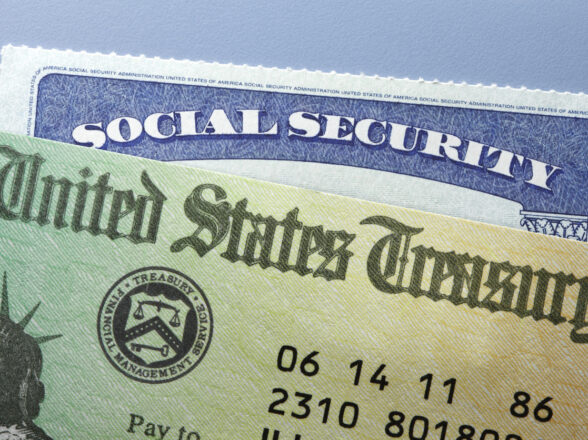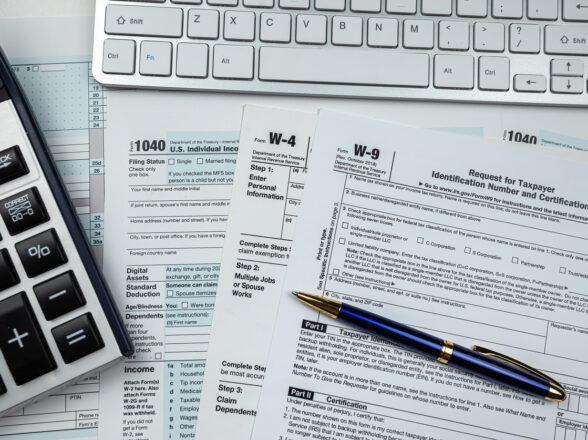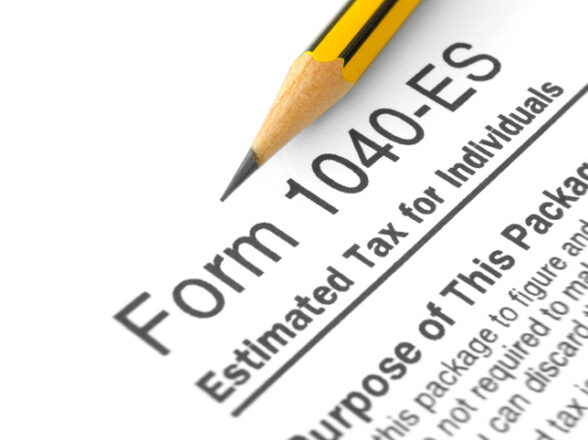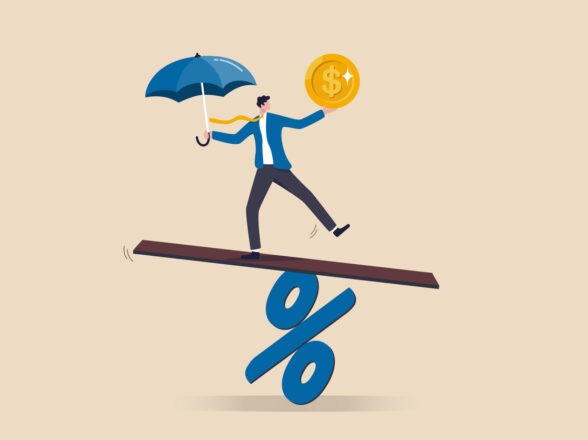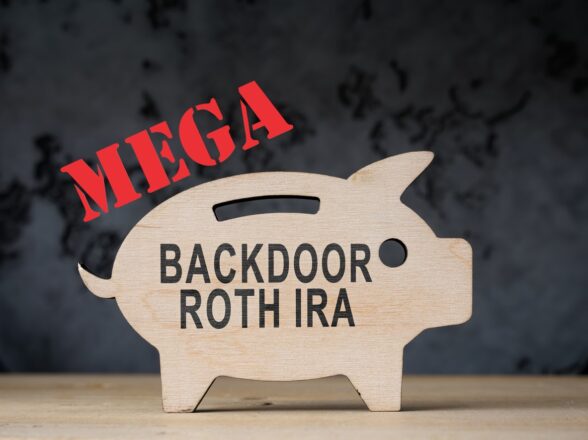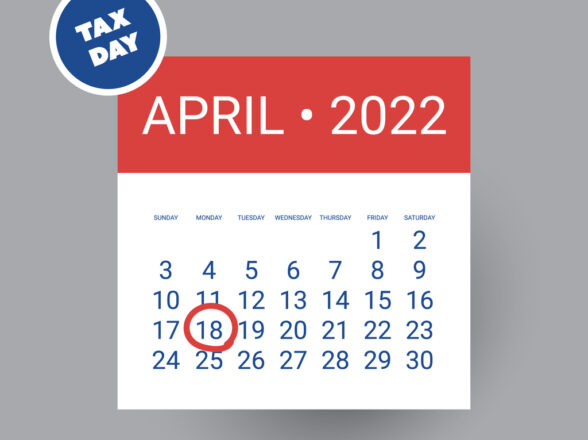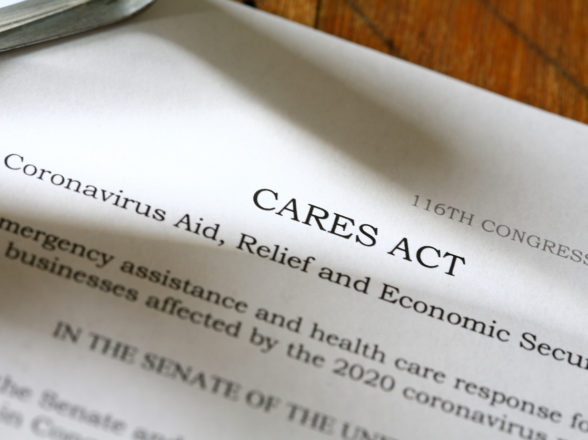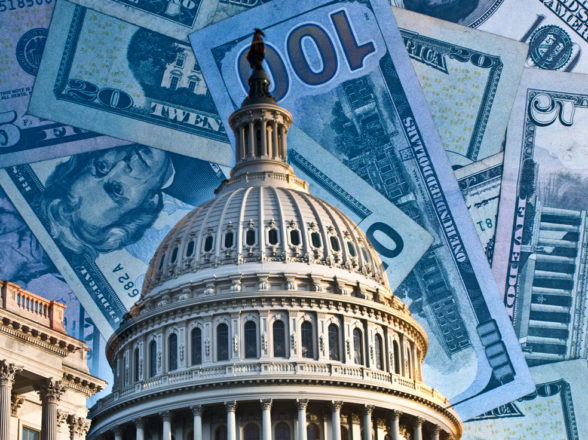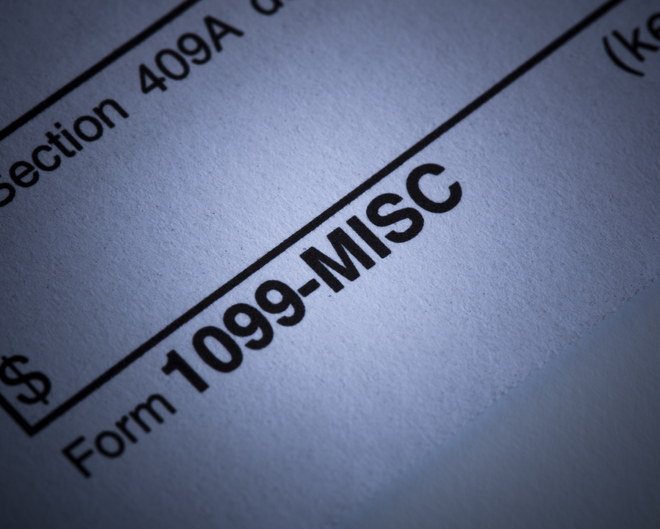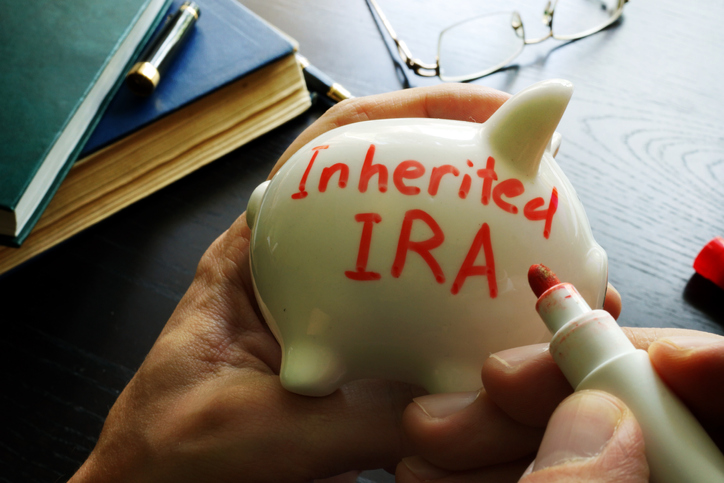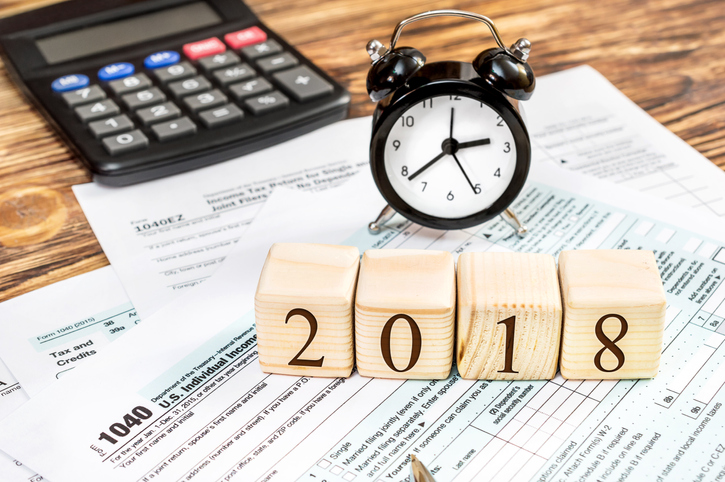Blog
Secure 2.0 Act: 4 Big Changes to Your Retirement Savings

In the final days of 2022, Congress passed the Secure 2.0 Act which made fundamental changes to American savings for spending money in retirement.
The reasons for these adjustments are many. Candidly, lawmakers have been working towards them for several years due to an aging population that is often struggling with finances. Many people live much longer than they expect to thanks to excellent medical resources, yet quite a few of them do not have the monetary support they need after they retire.
In addition, quite a few employers used to cover retirement savings for their employees, but that has changed: Individuals are now solely responsible for planning for their golden years in many cases.
1. THE REQUIRED AGE FOR WITHDRAWALS WILL BE RAISED
The bill raises the required age of withdrawal, making it easier for many to save more and truly take advantage of compound interest for a longer period of time as a result. This will only be applicable to tax-deferred retirement accounts.
Withdrawal used to be mandatory for anyone who was age 72 or older, but that requirement has been raised: Starting in 2023, the RMD age moves to 73, and moves to age 75 in 2033.
This is favorable for people with low and moderate incomes because it allows them to save more so that they can enjoy their golden years with less financial stress. It also provides a path for employers to offer their workforce emergency savings options. This change, many would say, is severely needed: Approximately 50% of American households are not saving enough to sustain their current standard of living after retirement.
Additionally, this is not mandatory for Roth IRAs—Roth IRAs do not require withdrawals until their owner dies— but it does apply to Simple IRAs, SEP IRAs, and the like.
2. ROTHs GET IN SYNCH (Savings)
SECURE 2.0 finally brings into alignment the rules for workplace Roth accounts—like Roth 401(k)s and Roth 403(b)s—with Roth Individual Retirement Account (IRA) rules. The new rules no longer force investors to take minimum distributions from Roth accounts in workplace retirement plans. Previously, workplace Roth-based accounts were still subject to the RMD rules, which in many respects, defeated part of the purpose of having a Roth account!
Keep in mind this rule does not take effect until 2024!
3. AUTOMATIC ENROLLMENT AND HIGHER CATCH-UPS
Many workers will be automatically enrolled in retirement plans beginning in 2025. Quite a few newly created 401(k) and 401(b) plans will be required to automatically enroll employees, allocating anywhere from 3-10% of their wages to retirement.
Legislators believe this will increase the participation of minorities. Additionally, it will raise the savings rate by 1% per year until it reaches 10-15%.
Furthermore, there is another provision to this bill that is geared toward elderly workers who would like to make catch-up contributions to their retirement accounts: Starting in 2023, anyone who is fifty years of age or older will be allowed to invest an extra $7,500 into their 401(ks) and similar accounts annually.
By 2025, people who are 60 to 63 will be able to contribute an additional $10,000 per year.
Importantly, those who have Roth 401(k)s will be able to skip their required minimum distributions beginning in 2024.
4. SAVINGS FOR EMERGENCIES IN 401(k)s WILL BE AN OPTION
The Secure 2.0 Act allows for a savings account of up to $2,500 in a retirement account, but employers can set these limits even lower. That said, additional contributions—as well as any employer matches—would be invested into workers’ retirement accounts.
If an employee has an emergency and chooses to withdraw from their retirement savings to solve the problem, this withdrawal will be tax-free. As long as the amount is less than $2,500—or the employer’s limit—they will also avoid the typical 10% penalty for early withdrawal that currently applies to people who are under the age of 59 and a half.
According to a former Treasury Department official by the name of Mark Iwry, this adjustment will likely lead to a lot of employers facilitating emergency funds in the 401(k)s of their employees.
Unfortunately, the pandemic led to a lot of early withdrawals from retirement accounts—along with penalties—so many experts are anticipating that employees will take advantage of this new measure and withdraw early. For this reason, it makes sense to lower the risk and provide a bit of flexibility to individuals who are in a fragile position financially and may need these funds sooner than later for genuine emergencies.
Importantly, this new bill allows investors to allocate up to $35,000 to 529 plan accounts into their Roth IRAs, but this will solely be applicable to accounts that have been in existence for at least 15 years and will still be subject to Roth IRA limits.
Tragically, there are many victims of domestic abuse in this country and quite a few others who struggle with terminal illnesses.
Provisions will be included that offer penalty-free withdrawals for the following individuals:
- The terminally ill
- Victims of domestic abuse
- The payment of specific long-term care insurance premiums
- Individuals affected by federally-declared disasters—They will be allowed to withdraw up to $22,000 penalty free, pay the income tax over the course of three years, and repay the money.
The reality is that those who are earning low to moderate annual incomes often struggle to save for retirement, simply because their resources are relatively limited. This new bill would provide an incentive for them to prioritize their long-term goals: It will restructure a tax credit that will be available to certain employees—Starting in 2027, the government will invest up to $2,500 per year into the retirement accounts of eligible workers, whether they have an income tax liability or not. Currently, this credit is solely available to those who have a tax income liability.
There are a myriad of views when it comes to saving for retirement, but, at the end of the day, it is simply an exceptionally low-risk investment in the future that will serve you well after you leave the workforce. Some who are extremely ambitious plan to retire early, which can certainly serve you well if you play your cards right.
In short, these changes will likely make a world of difference, but could potentially lead to more taxes in future years for the wealthy, so it is essential to prepare ahead of time and allocate sufficient resources to your retirement accounts.
It’s also important to research all of your options when it comes to retirement, particularly if you are self-employed, so that you can benefit from the system as enormously as possible.
Chances are, these updates will serve you well if you plan to save as much money as possible, invest significant sums of cash into retirement, and keep in mind that your taxes may very well increase even more.
At the end of the day, this is simply an investment in the future that is quite safe, as long as you know you will not need the money immediately or in the short-term. That said, the flexibility of this new bill provides a lot of individuals with more options and more opportunities to set themselves up for financial success in the short-term and in the long-term.























